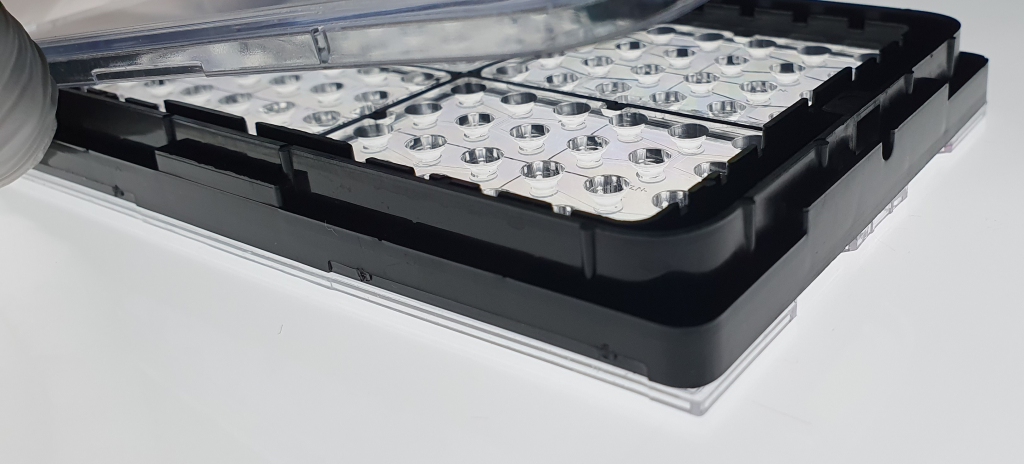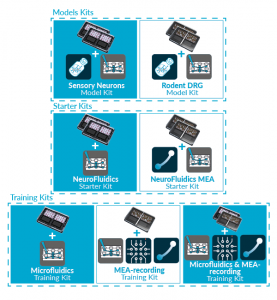WHY NETRI?
THE CLINICAL PIPELINE PROBLEM.
A long, costly and risky process.
Drug development is a long, costly and risky process. Advancing a drug candidate to clinical trials is rigorously validated at the preclinical stage.
•15 yers of development.
• $2B for each new drug.
• 90% clinical drug development failure rate with 50% of wich due to lack of clinical efficacy.
Lack of clinical translation.
Current preclinical models suffer from lack of clinical translation and struggle to mitigate costs and risks.
• Animal models: do not accurately predict human response and raise ethical issues.
• Traditional 2D/3D cultures: fail to reproduce human morphology and lack the complexity of cell-cell interaction and cell environment.
• Organs-on-chip: classically lack reproducibility and scalability, fail to provide real-time data and face adoption hurdles.
VALUE COMPASS.
What You Gain with NETRI.
NETRI empower pharmaceutical leaders to accelerate their drug development pipelines while maximizing return on innovation. NETRI's organs-on-chip technologies drive faster time-to-market, reduce clinical failures, and unlock new IP opportunities through repurposing and combination strategies.
By offering human-relevant models with superior predictivity and translatability, NETRI's technologies reduce reliance on non-representative animal testing, lower overall development costs, and enable earlier detection of compound limitations.
• Staying ahead of the competition.
• De-risking clinical programs.
• Being recognized as pioneers in animal-free, next-generation therapeutic innovation.
A rapidly changing regulatory environment.
The introduction of new treatments for humans, regardless of their field of application, requires thorough testing of both toxicity and efficacy before regulatory approval.
The pharmaceutical industry is strictly overseen by authorities such as the Food and Drug Administration (FDA) in the United States, the European Medicines Agency (EMA) in the European Union, and the Agence Nationale de Sécurité du Médicament (ANSM) in France.
Today, regulatory agencies are increasingly recognizing that alternative methods can not only reduce animal testing but also offer improved predictive value and address regulatory unmet needs. They are now implementing programs and frameworks to support and qualify these approaches, providing a clear regulatory signal that human-relevant, mechanistically anchored methods are no longer just promising but becoming preferred.
NAMs are moving from the “Peak of Inflated Expectations” into the “Slope of Enlightenment,” and the time is now, with stakeholders realizing that these methods redefine safety, cost, and ethical benchmarks across the industry.


